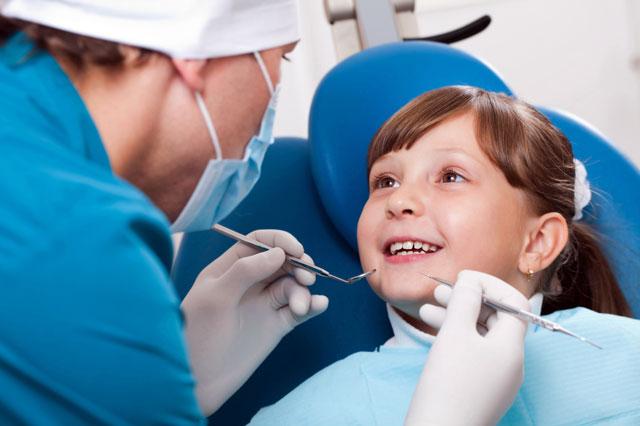You are here
New technique could heal teeth painlessly, avoid cavities
Jul 13,2014 - Last updated at Jul 13,2014
Instead of having to drill and fill cavities, dentists could head them off at the pass with a new technique that accelerates a tooth’s natural healing, King’s College London announced this week.
The technique, called electrically accelerated and enhanced remineralisation, is being developed by Reminova Ltd., a spinoff of King’s College London. It is painless and could be brought to market within three years, the college said in a statement.
“The way we treat teeth today is not ideal,” Nigel Pitts, a professor with the college’s Dental Institute who worked on the project, said in the statement. “When we repair a tooth by putting in a filling, that tooth enters a cycle of drilling and refilling as, ultimately, each ‘repair’ fails.”
Instead, the college said, the new technique, administered in dentists’ offices, would use “a tiny electric current to ‘push’ minerals into the tooth to repair the damaged site”, in essence reversing the decay.
Natural, small-scale tooth repair happens all the time, said Edmond R. Hewlett, a professor at the University of California, Los Angeles School of Dentistry who was not involved in the project.
When a person eats or drinks something sugary or particularly acidic, such as citrus juice or certain sports drinks, some microscopic loss of mineral takes place in the tooth’s outer enamel, he said. But saliva contains the building blocks of enamel: calcium and phosphate.
“If you have that occasional short exposure” to sugary and acidic foods, Hewlett said, “the saliva will put back the mineral that gets lost. There’s this constant balance that’s shifting back and forth in your mouth every day.”
When that balance is not maintained and too much of the mineral is lost, however, the tooth develops a caries lesion — which can turn into a cavity, King’s College London said. To fight that decay, people use products to shore up the minerals in their tooth enamel.
“Fluoride is a remineraliser that’s been around for a long time,” Hewlett said. “When it does go into the enamel, it renders the enamel harder to dissolve.” That’s why fluoridated water, toothpastes and mouthwashes have an effect. Newer products, such as creams dispensed at dental offices and specific over-the-counter toothpastes, contain calcium and phosphate as well as fluoride, he added.
That’s not always enough. Not everyone uses those products, and even if they do, sometimes caries lesions — and subsequently cavities — form anyway.
Electrically accelerated and enhanced remineralisation would take the reversal of decay to the next level.
“Not only is our device kinder to the patient and better for their teeth, but it’s expected to be at least as cost-effective as current dental treatments,” Pitts of King’s College said. He said the technique could be used to whiten teeth as well.
Related Articles
Environmental factors appear to play a bigger role than genetics in shaping children’s risk for cavities, a study of Australian twins sugges
Drinking coffee can feel great and help you feel energised for the day. However, this is a false feeling and what’s more, your teeth and gum health are at risk too.
Significant hormonal changes occur in a woman’s body during pregnancy, which can increase the risk of developing dental problems such as gin














